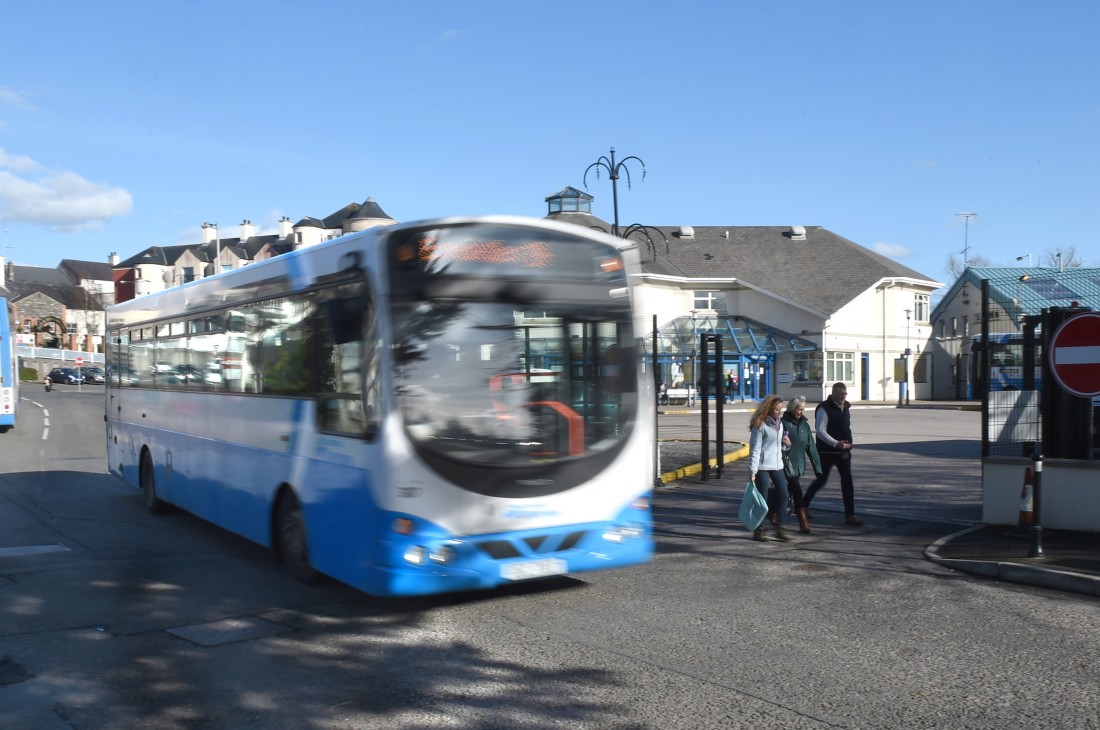THE shocking state of Fermanagh’s public transport provision has been laid bare in a new report by the Council, which has highlighted how it would take most local residents hours to reach either the SWAH or their local GP without access to a car.
The Council is working with an outside company, BaseMap UK, to produce a local ‘Transport Poverty Analysis.’ With the study ongoing, it recently published an update report which concentrated on looking at local travel times via public transport to local hospitals and GPs.
The report included two tables, with the first showing the percentage of residents who can reach either the SWAH or Omagh Hospital and Primary Care Complex via public transport.
The table revealed it would take between 14-16 percent of local people less than half an hour to reach their closest hospital during various times during weekdays. This dropped to only three percent on weekend mornings.
On the flip side, it would take between 43-69 percent of local people more than two hours, and possibly much more, to reach their closest hospital during the same times on weekdays, and 82 percent of people more than two hours at weekends.
The second table shows travel times to local GP surgeries via public transport. The report notes the figures represent people’s ability to travel to their closest GP, not necessarily the GP they are registered at. The study took in 19 GP surgeries across Fermanagh and Omagh, as well as Fivemiletown and Plumbridge due to their proximity to the area.
This table showed 42 percent would be able to use public transport to reach their closest doctor within half an hour on weekday mornings, however from 11am-1pm it would take more than half of local residents more than two hours. At weekends, only 18 percent would be able to reach their doctor via public transport on weekend mornings.
The Council said it would use this data to inform other research it is undertaking into local food poverty “by examining the implication of poor public transport on poverty and thus the more limited ability to access and purchase food.”
The report also stated the data would be used to influence future community planning action on transport poverty, which is being led by community transport providers in the area.
“Whilst there are limitations to the data, the early indications do appear to provide robust evidence to support the long-held five that there is a paucity of public transport provision in rural areas and the implication which this has in accessing vital services for those who depend on public transport,” the report stated.
It added, “The overall aim remains to ensure this rich dataset is fully utilised to inform the debate on rural public transport provision, highlight the need for alternative transport provision, support the case for community transport pilot projects, and feed into the overarching research on poverty within Fermanagh and Omagh.”

Shocking Fermanagh transport provision laid bare
Posted: 12:05 pm April 15, 2022
Posted: 12:05 pm April 15, 2022








